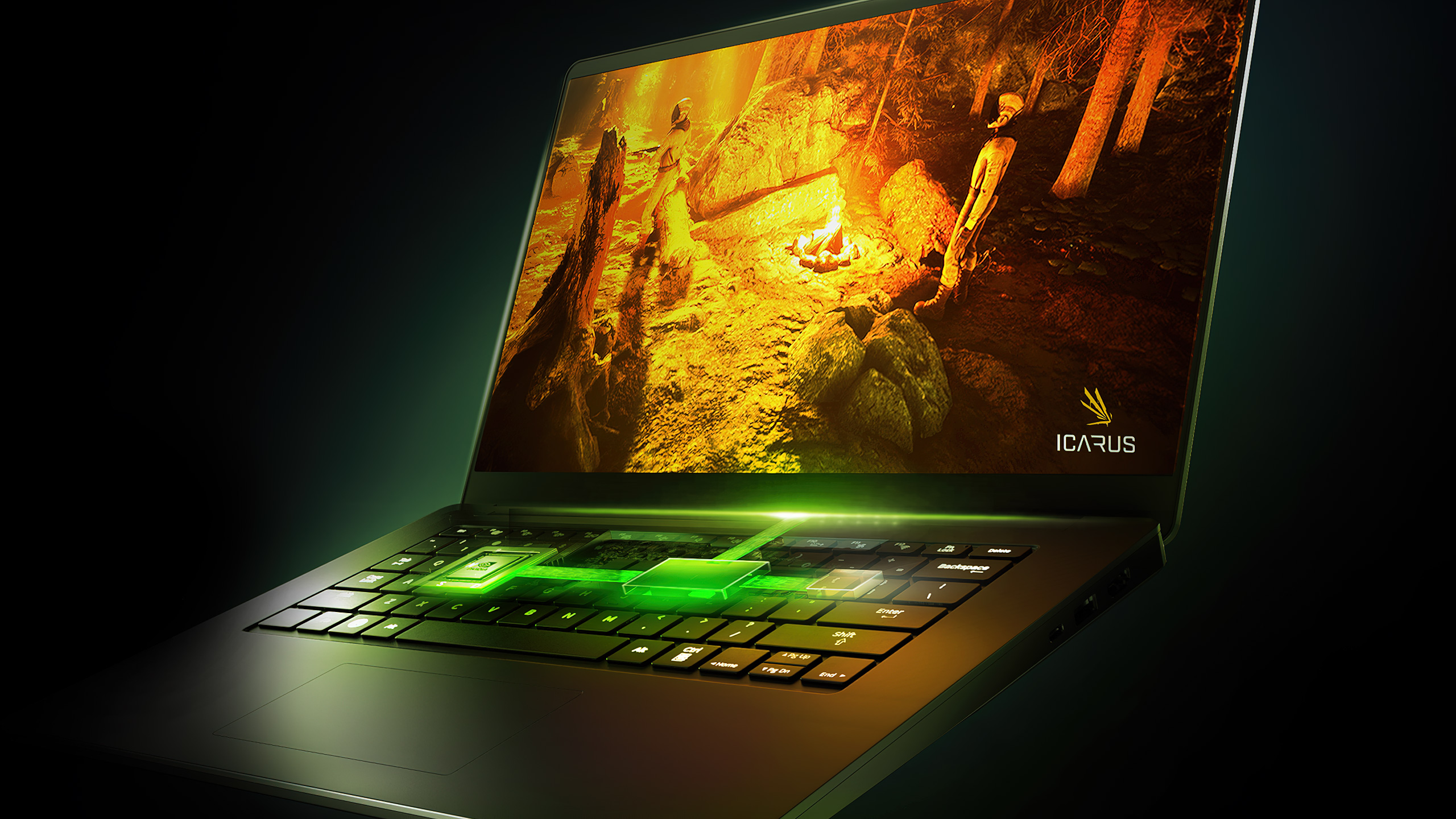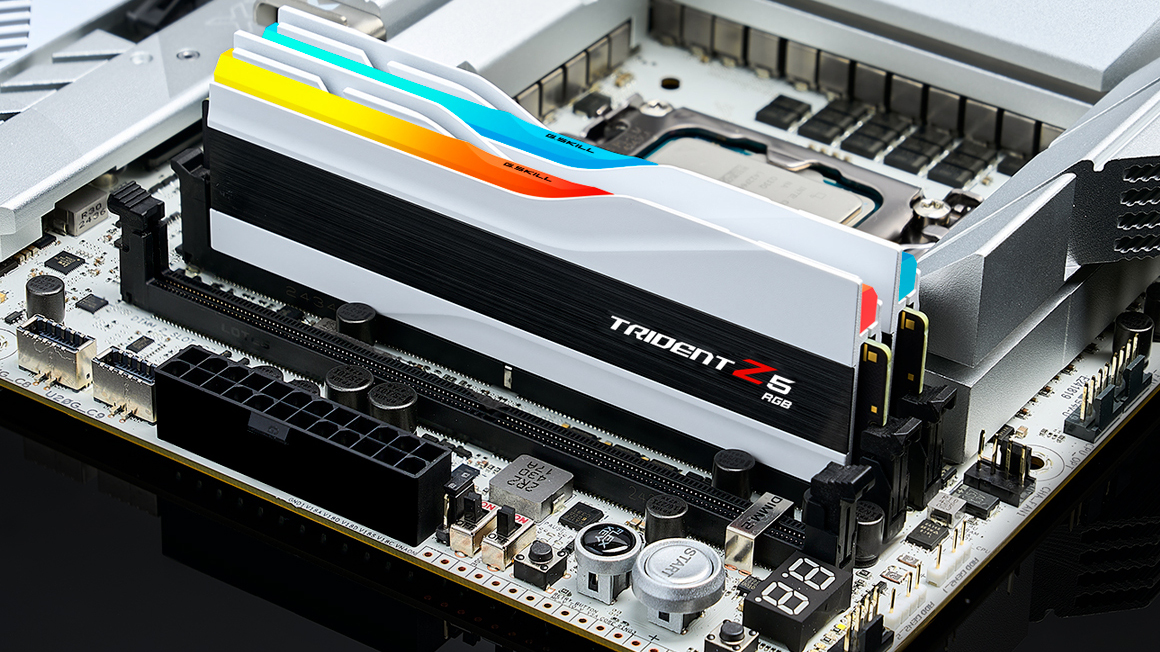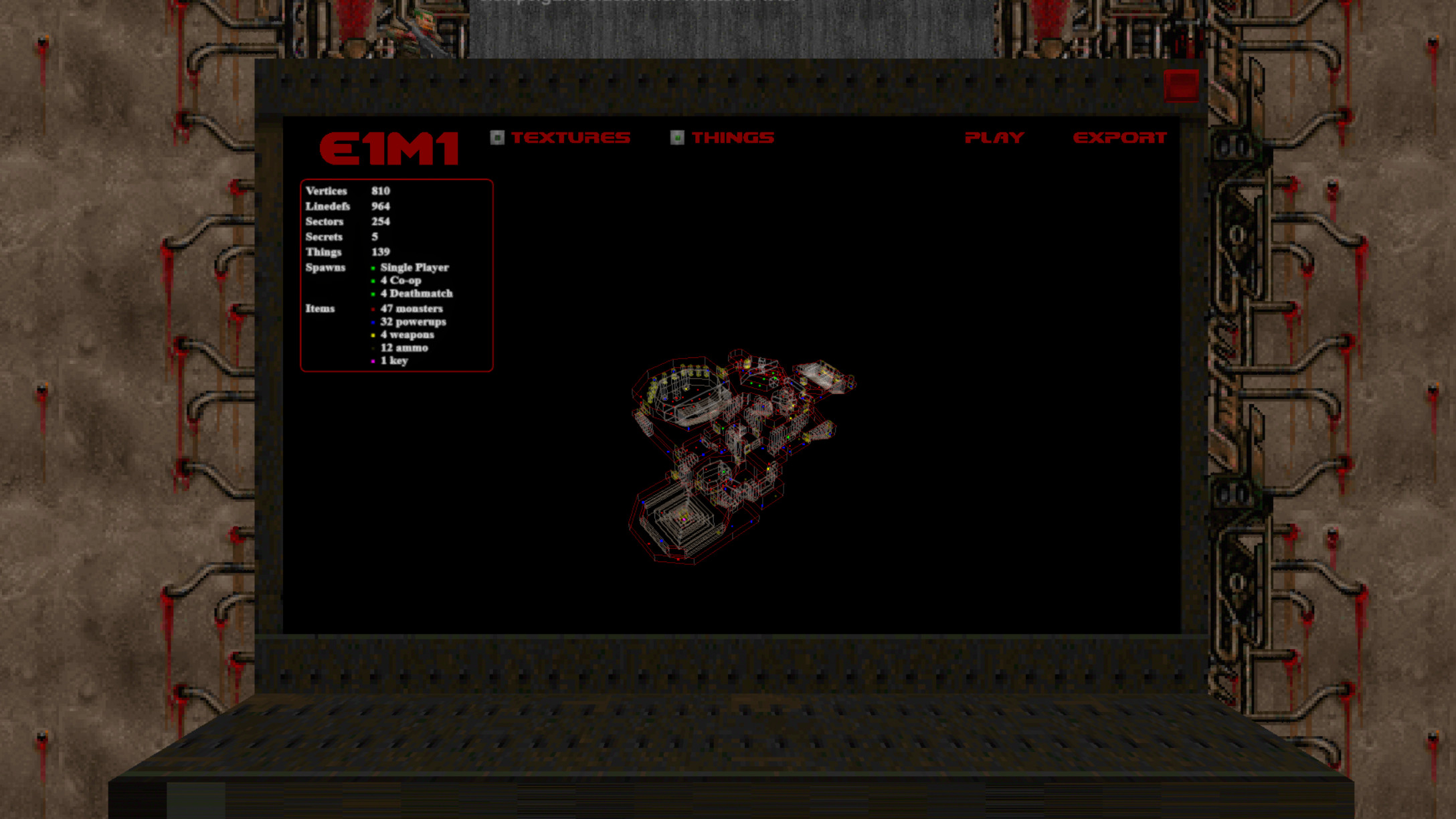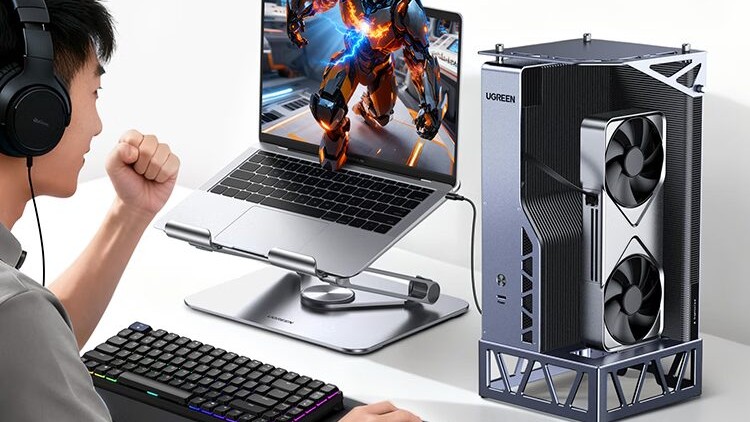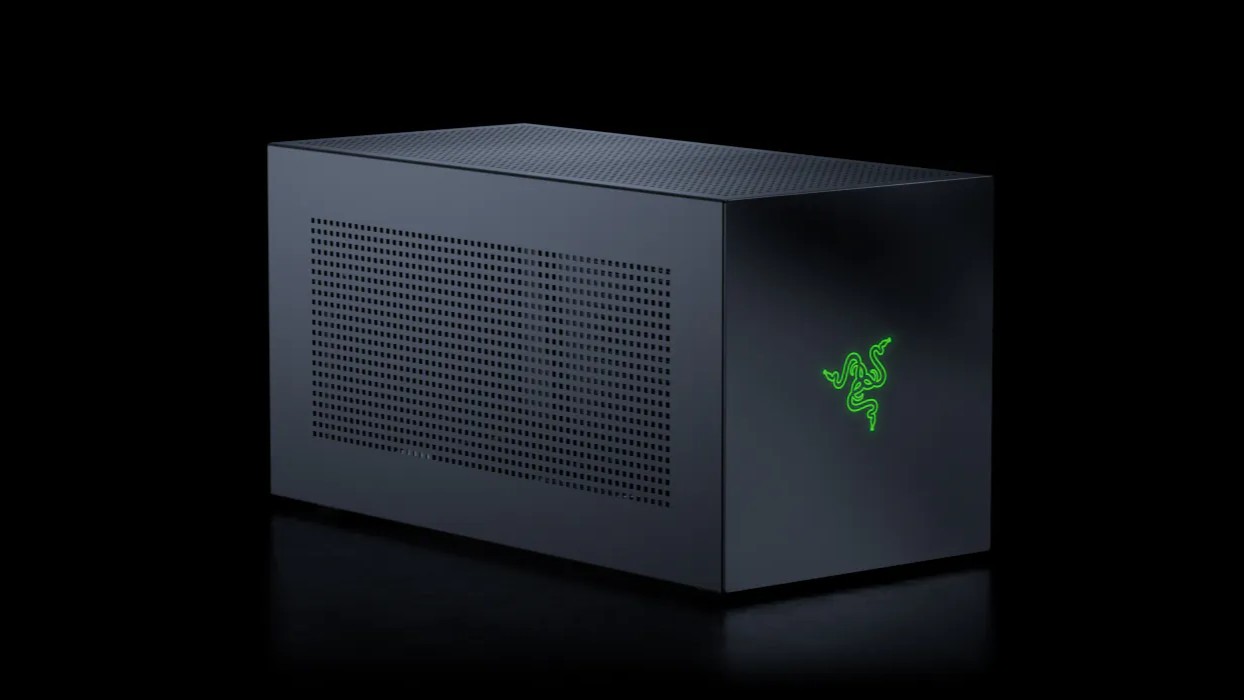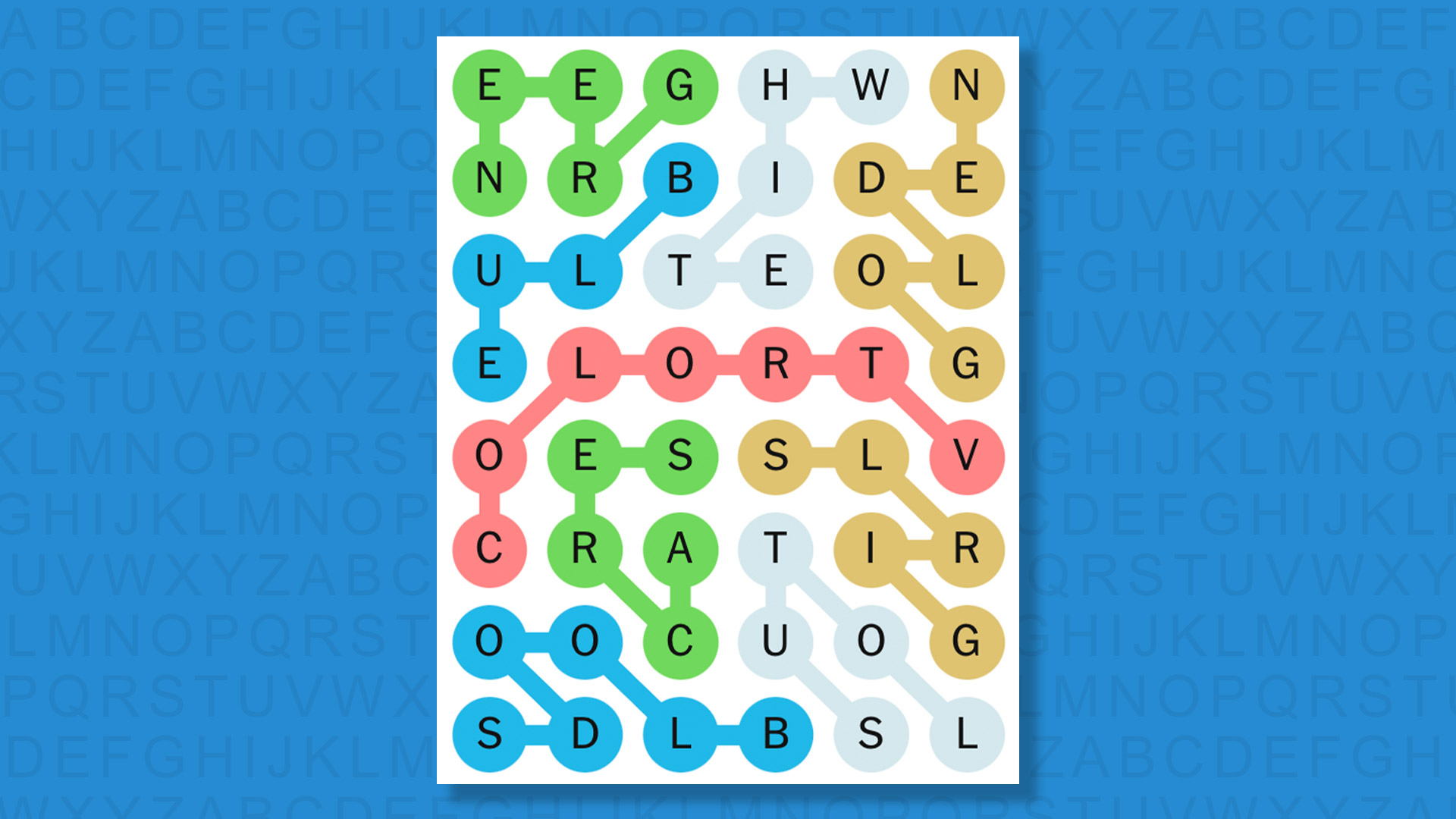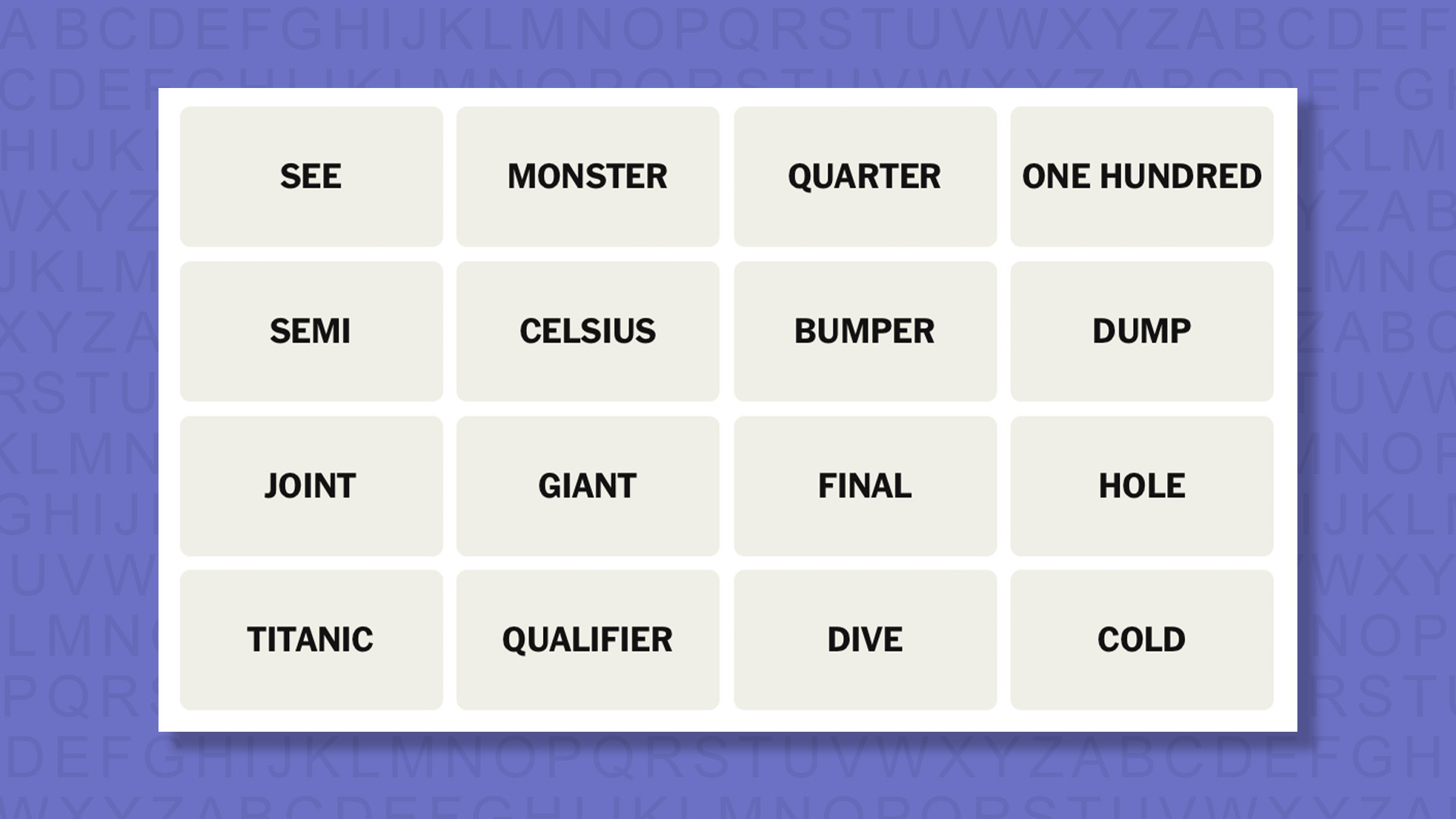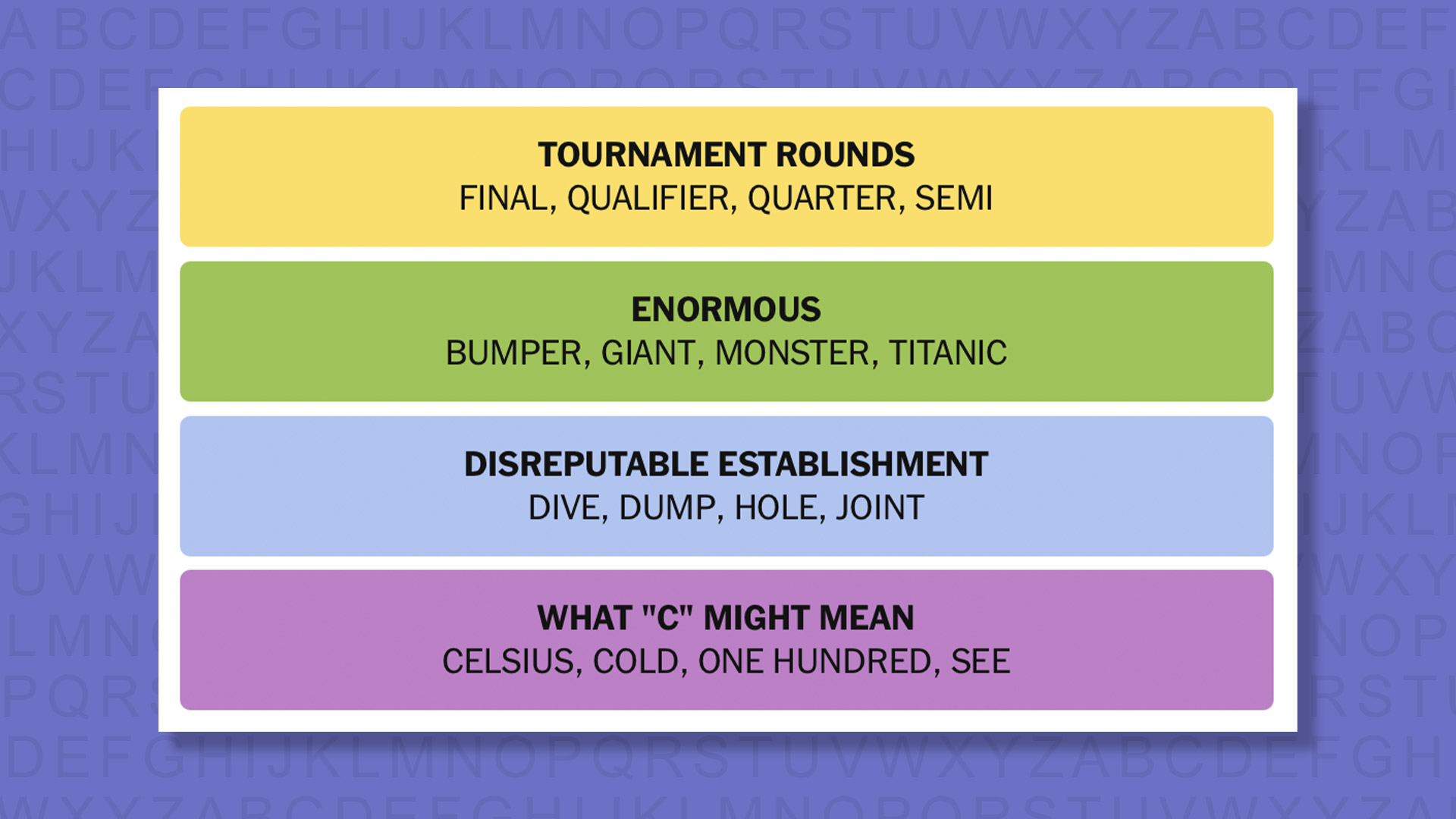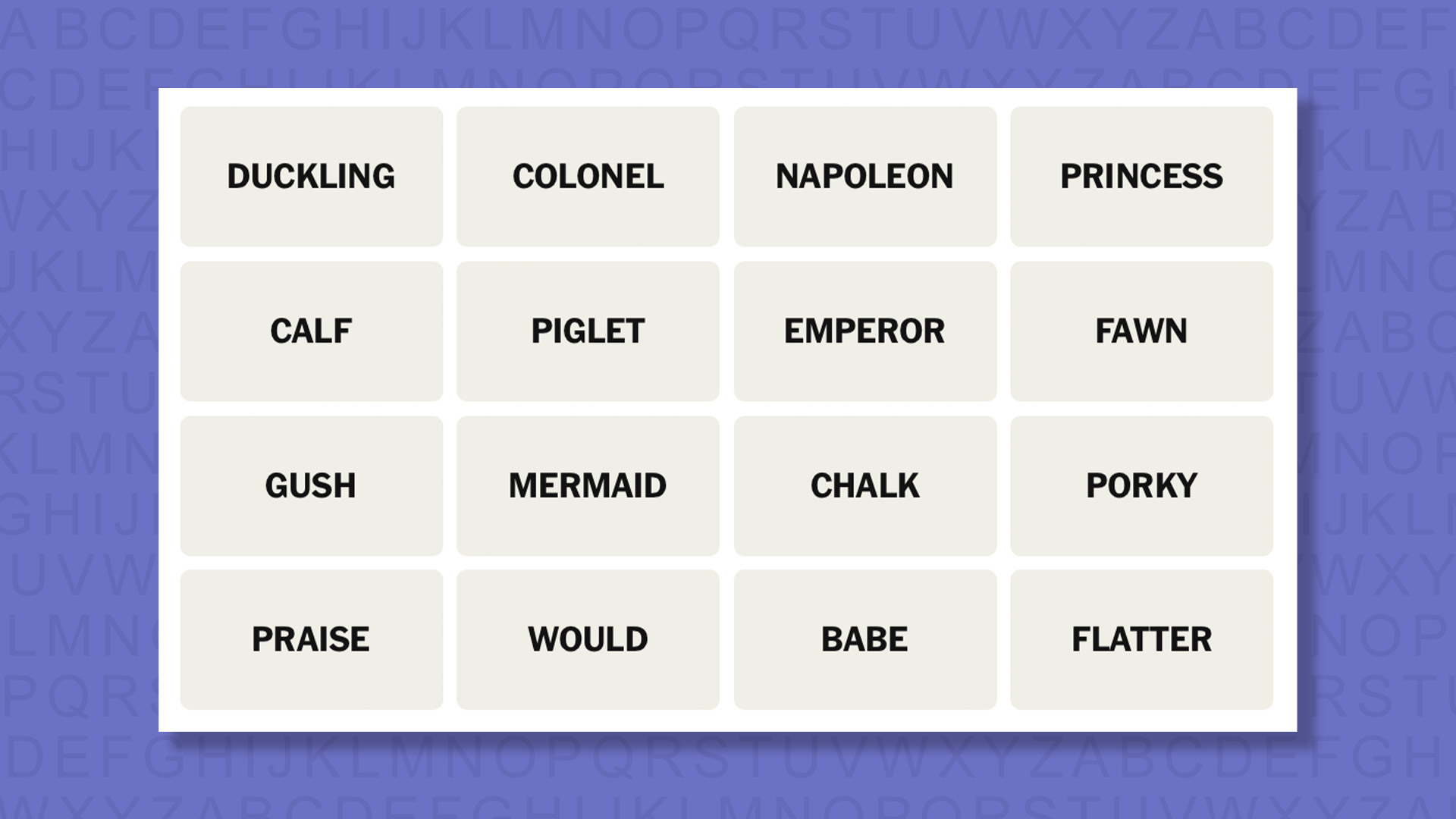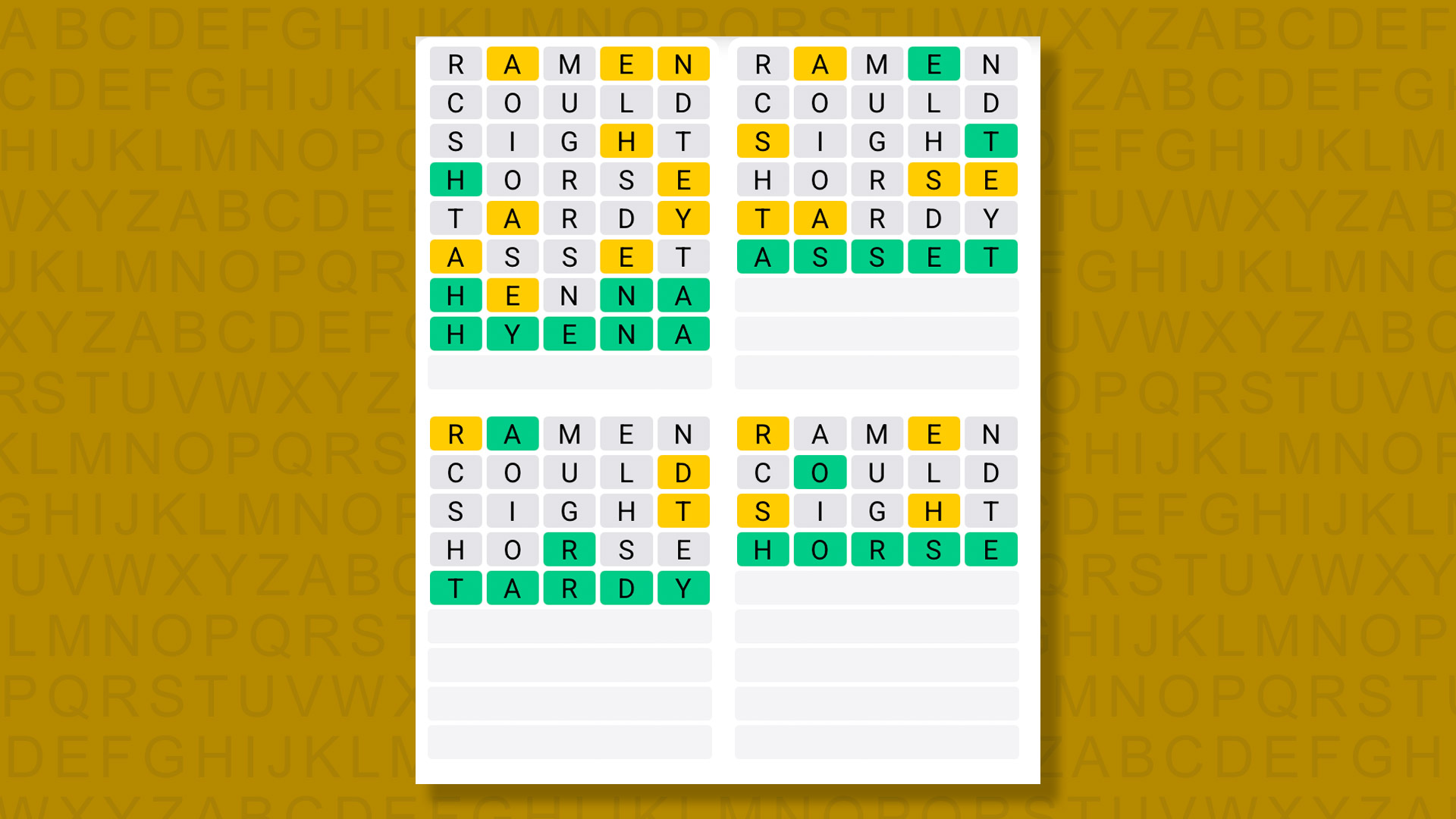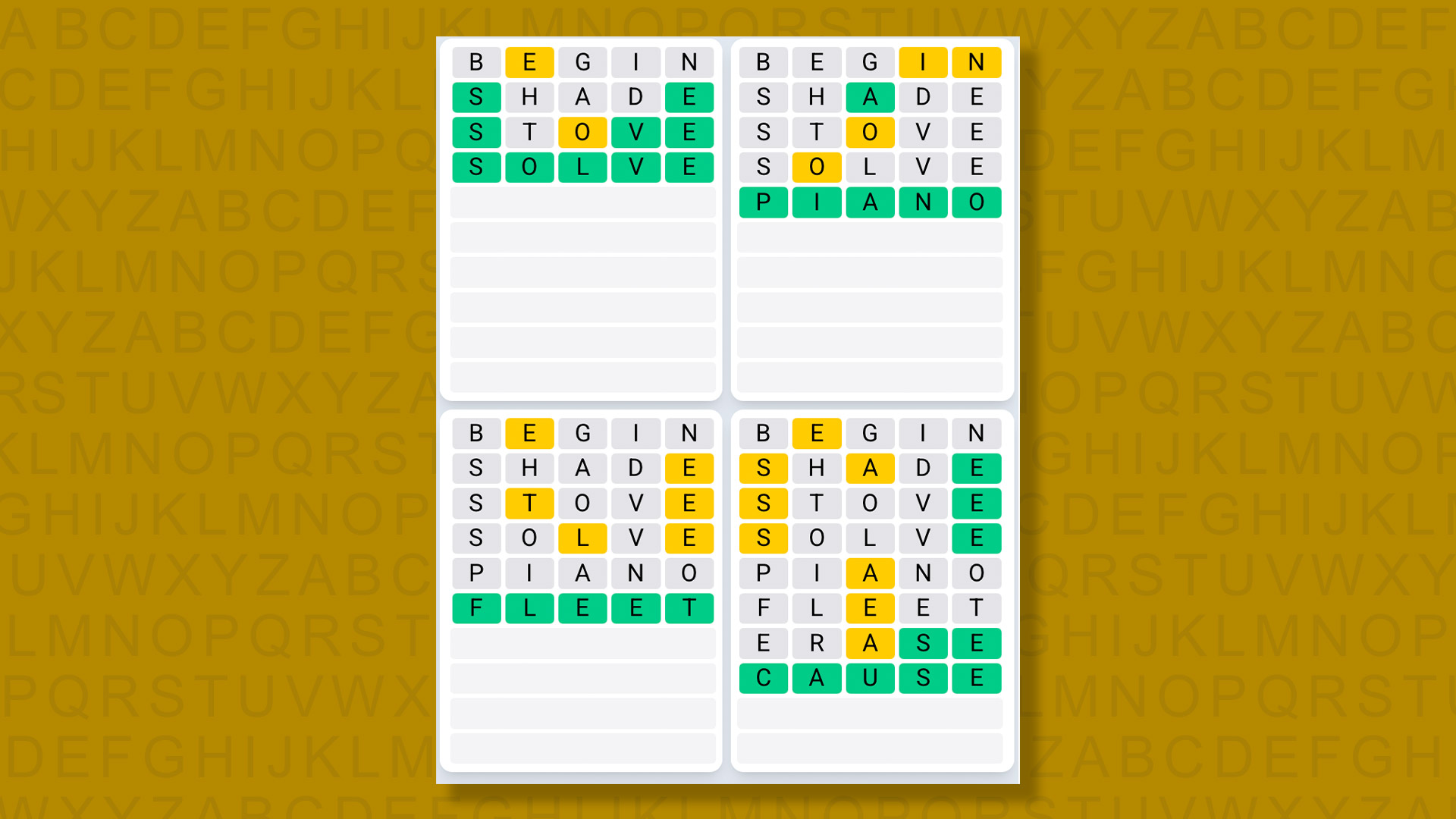- The MSI Claw A8 has been spotted on Newegg in the US for $1,149
- No stock suggests the price may have been a placeholder
- If legitimate, the MSI Claw A8 could join other mainstream handhelds that cost over $1,000
Mainstream handheld manufacturers have recently priced new devices within unaffordable price regions, well above the template Valve set with its Steam Deck – and unfortunately, it seems that trend isn't stopping any time soon.
As reported by VideoCardz, the MSI Claw A8 Ryzen Z2 Extreme handheld has been spotted on Newegg, listed for $1,149, without any sign of stock. The handheld has had a staggered launch in other regions, notably Asia, and it's currently available in the UK for £849, but it hasn't seen a launch in the US for months.
It's important to note that the $1,149 may be a placeholder, but we've seen cases of early listings before, and that's enough to suggest that this price tag may be legitimate once stock is available.
This could be the third mainstream handheld gaming PC to cost over $1,000 in the US if this current price tag sticks, making the MSI Claw A8 join the Lenovo Legion Go 2 and Asus ROG Xbox Ally X as arguably overpriced handhelds. The prices for these devices in particular are major points of contention, since the AMD Ryzen Z2 Extreme processor isn't a big leap from its Ryzen Z1 Extreme predecessor in power and performance.
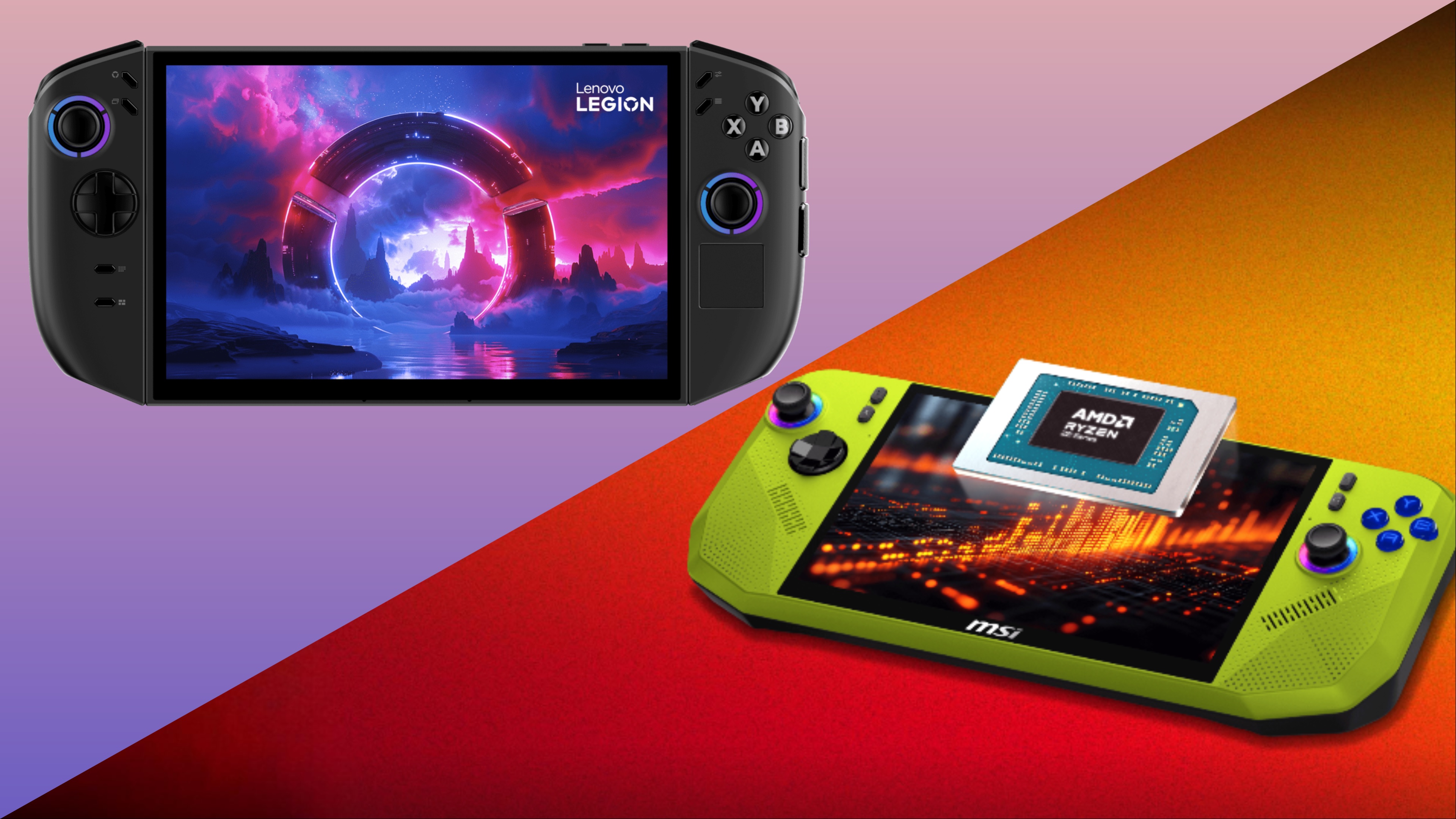
There's no doubt that both tariffs and RAM price hikes have played their part if this is the real price tag. However, similar pricing for handheld hardware was still present before the current crisis, and frankly, consumers likely won't be happy regardless of the reasons.
The Steam Deck's affordable price template is seemingly becoming a thing of the past, and while Valve's earnings from the Steam storefront made Steam Deck sales at a loss possible, handheld manufacturers should be looking to stick close to that template. Unfortunately, it doesn't seem like that will be the case, even after this RAM price crisis eventually ends.
Analysis: The only thing that will change high handheld prices is a drop in sales
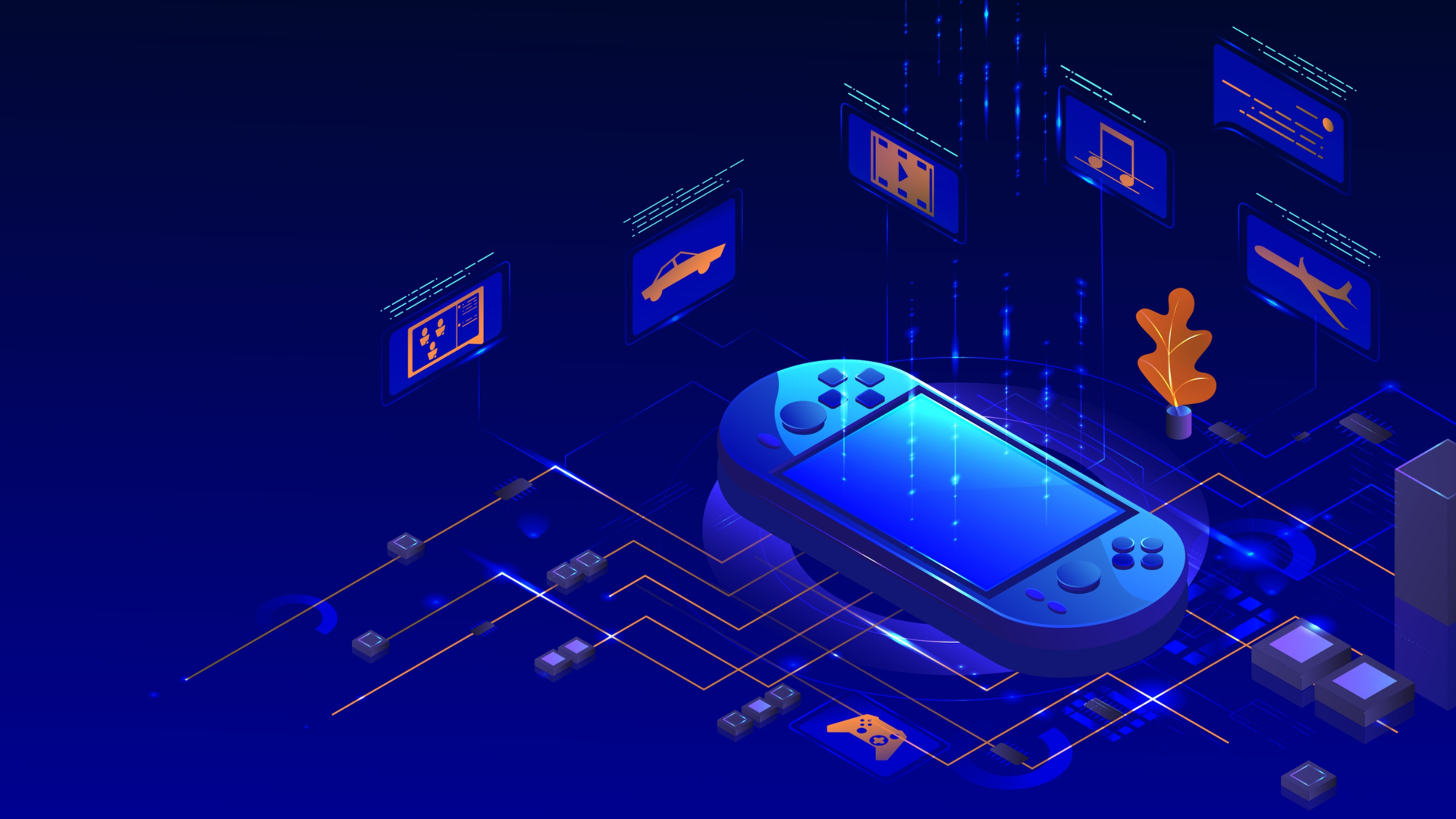
Besides a fall in DRAM pricing via an eventual collapse of the current AI boom, the only way ludicrous pricing of handhelds will come to an end is if sales fall significantly, which means consumers need to stop paying unreasonable prices for handhelds.
I've argued that there are handheld gaming PCs that do warrant prices at or just over $1,000, but these aren't from mainstream manufacturers, and the devices are equipped with processors that quite literally challenge laptop GPUs, notably the AMD Ryzen AI Max + 395.
The Ryzen Z2 Extreme that powers both the Legion Go 2 and the Asus ROG Xbox Ally X doesn't warrant the high price tags they have, and the same applies to the MSI Claw A8, if the Newegg price remains.
As long as sales stay within a decent range for the likes of MSI, Asus, and Lenovo, we will continue to see cases of overpriced devices – and that's unfortunate, as I don't believe consumers feel strongly enough to resist purchasing new devices.
Follow TechRadar on Google News and add us as a preferred source to get our expert news, reviews, and opinion in your feeds. Make sure to click the Follow button!
And of course you can also follow TechRadar on TikTok for news, reviews, unboxings in video form, and get regular updates from us on WhatsApp too.
from Latest from TechRadar US in Computing News https://ift.tt/iqt5L1g
via


